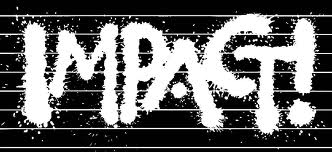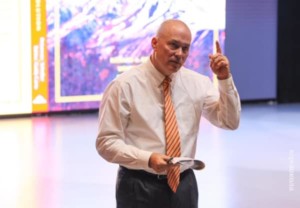Impact at Scale: Contribution, Translation & Execution
 I usually write about Good Work–finding and doing mission-related work–on Sunday, but I spent the last two days with a couple dozen inspiring folks sharing strategies for creating impact at scale. Using a mixture of investment and organizational, they making a difference around the world.
I usually write about Good Work–finding and doing mission-related work–on Sunday, but I spent the last two days with a couple dozen inspiring folks sharing strategies for creating impact at scale. Using a mixture of investment and organizational, they making a difference around the world.
Leila Janah, Samasource, is creating info economy jobs in Africa. Jeremy Heimans, Purpose.com, uses social tools and campaign strategies to create social impact. Cristina Alfanso is building $300 houses in Brazil. Michael Lindenmayer is helping boomers in caregiving rolls.
We also talked about women’s employment in the middle east, elementary schools in Africa, financial literacy in urban American, and getting college kids to vote. We brainstormed teaching and practicing kindness at scale, and how best to address developing world sanitation needs.
What each of these folks have in common is a commitment to contribution. They all have different stories, but almost every one spoke about the importance of role models in their life—someone had modeled contribution and described the rewards of service. Each one exhibited openness to needs around them—they were all touched by a person, moved by hard data, and compelled by obvious inequities.
We were not talking about high tech solutions, in most cases they were applying translational technologies (i.e., stuff that woke somewhere else) but applied with relentlessness about excellence in execution. They were all obsessed about delivering value to the bottom of the pyramid and about making a difference at scale.
I discussed the limitations of nonprofits and noted that it either takes heroic leadership or a gravy train of government contacts to scale a nonprofit–otherwise, it’s just too hard. I described the potential for for-profit startups to make a difference in education by producing and scaling innovations. I described some of the Learn Capital portfolio companies that are creating new tools and new schools. They run lean, learn quick, and listen hard to customers.
Several times over the last two days, we discussed hybrid strategies where foundations/nonprofits focus on equity and for-profits focus on innovation and scale. Purpose.com is a great example of a team using multiple strategies to make a difference.
All of these entrepreneurs are committed to lives of contribution–serving others, often the least advantaged. They all use proven strategies, but ones not common in their field or geography. And the help their team execute at a high level every day.





0 Comments
Leave a Comment
Your email address will not be published. All fields are required.